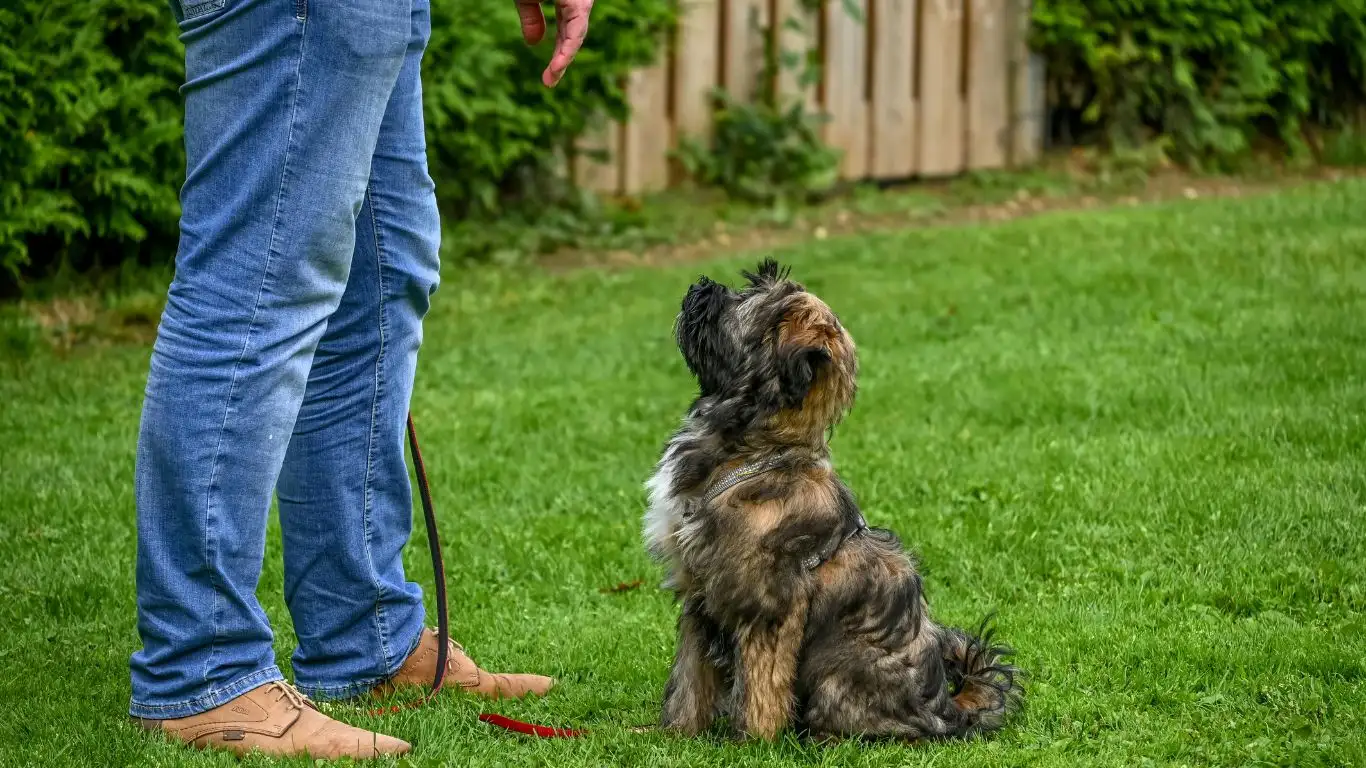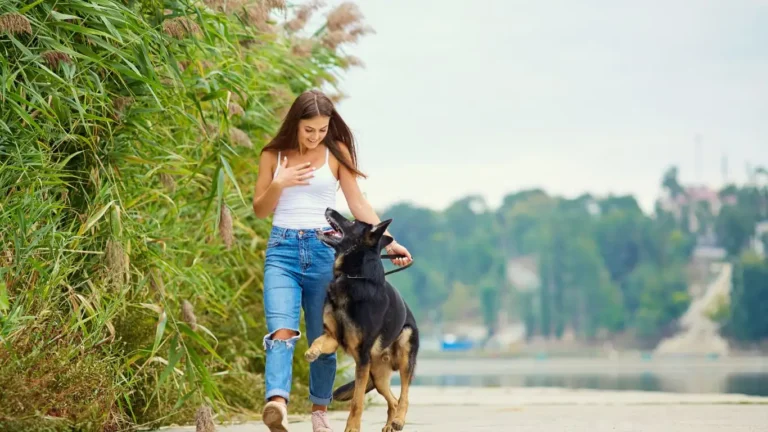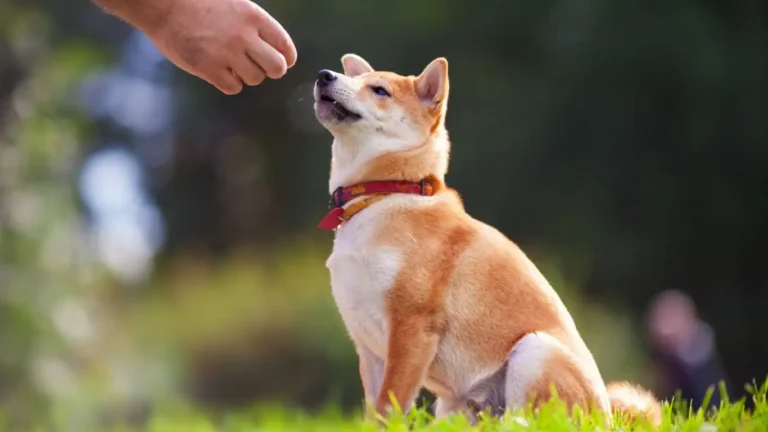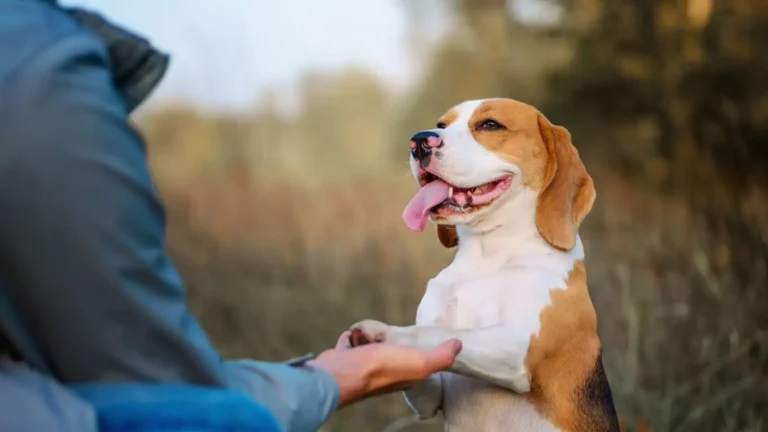How to Train a Dog to Handle Moving Homes Without Stress
Moving to a new home can be exciting for us humans, but for our four-legged companions, it can be downright confusing and even scary. As someone who’s spent years as a Canine-Assisted Therapy Trainer, I’ve seen firsthand just how important it is to know how to train a dog to handle moving homes. Dogs are creatures of habit, and a sudden change in environment can leave them anxious, disoriented, and even depressed. But don’t worry—I’ve got your back. Whether you’re relocating across town or across the country, with a little preparation and patience, your pup can adjust smoothly.
Understanding the Canine Mind During a Move
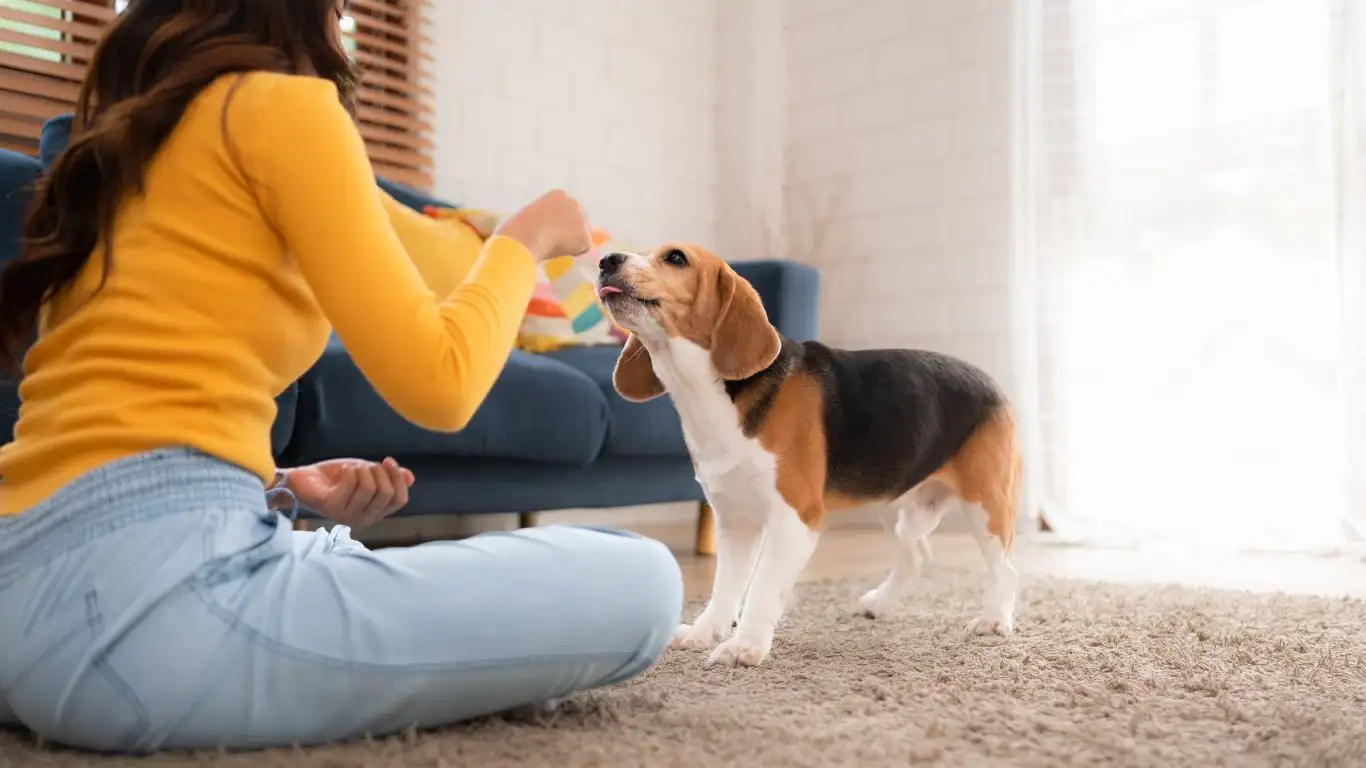
Before we dive into training tips, it’s important to understand how dogs process change. Unlike us, they don’t understand why the furniture is disappearing or why the routine is suddenly flipped upside down. Their sense of security is tied to consistency and familiarity. When that’s disrupted, stress behaviors like whining, pacing, chewing, or bathroom accidents may pop up.
Back when I was helping a family relocate with their senior Labrador, Max, I noticed his distress start the moment the packing boxes came out. He paced constantly and refused meals. That’s when I realized the move didn’t just start on moving day—it started the moment things began to change. Training your dog to cope should begin early in the process.
Start Preparing Weeks Before the Move
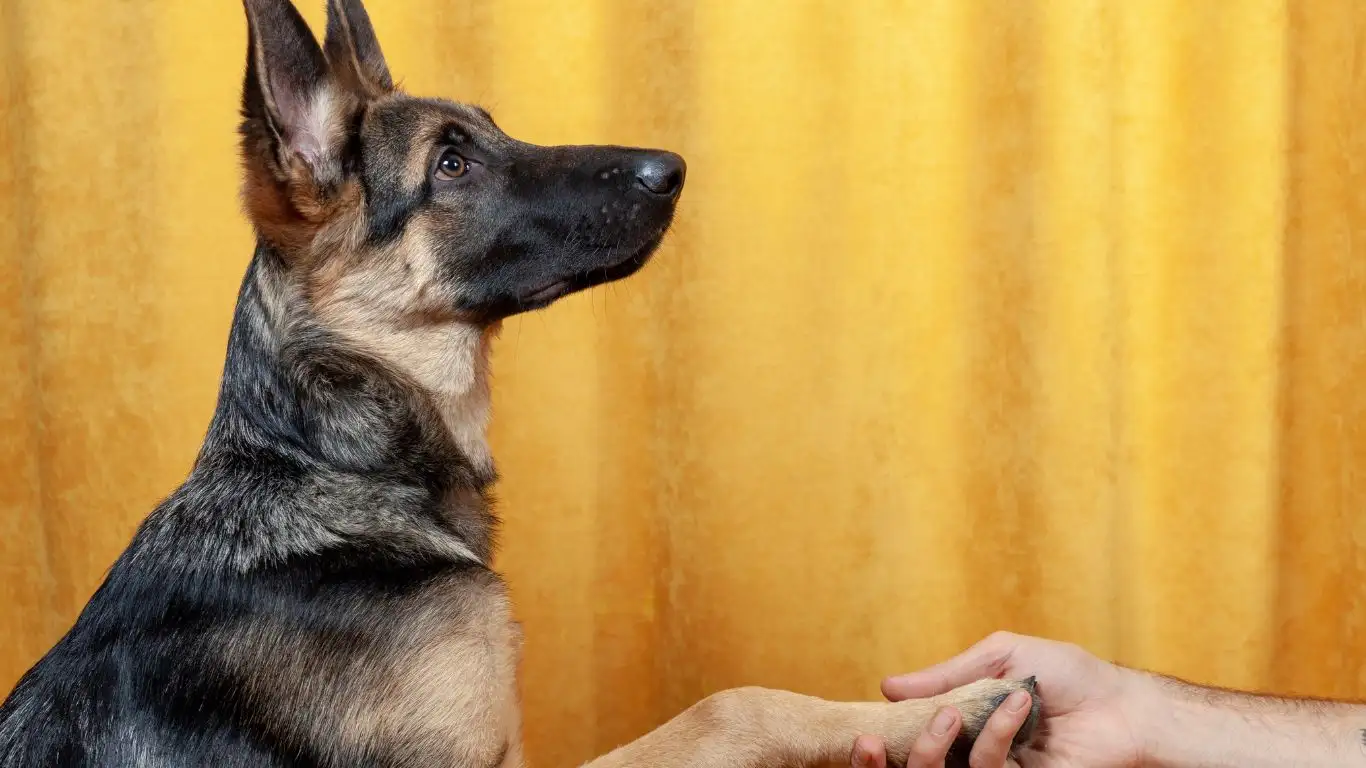
1. Maintain Familiar Routines
One of the best ways to ease your dog into the transition is by sticking to their usual routine as much as possible. That means keeping feeding times, walks, and bedtime rituals consistent—even while the house is turning into a cardboard jungle.
- Walks at the same time each day can help reduce anxiety.
- Feeding in the same bowl and same location as long as possible helps provide stability.
- If you’re packing, let your dog watch but avoid making it chaotic. Dogs pick up on our stress fast.
2. Introduce Packing Gradually
I always tell my clients not to do the whole house in one weekend. The sudden appearance of boxes can send your dog into a tailspin. Instead:
- Start with one room at a time, giving your pup space to explore the changes.
- Use positive reinforcement when your dog remains calm near moving supplies—treats work wonders here!
- Keep one area—like their sleeping spot—untouched until the very end.
With Max, we packed the living room over the course of two weeks. He sniffed around the boxes, watched from his bed, and got a treat every time he remained relaxed. It made a huge difference when it came time to leave.
3. Socialize Your Dog to New Sights and Sounds
If you’re moving to a totally different environment—say from city to countryside or vice versa—start conditioning your dog to new experiences ahead of time.
- Take short trips to areas that mimic your new neighborhood.
- Let your dog hear different traffic noises, see unfamiliar people, and walk new terrain.
- Reward calm behavior with treats and praise—it’s all about building confidence.
Visit the New Home If Possible
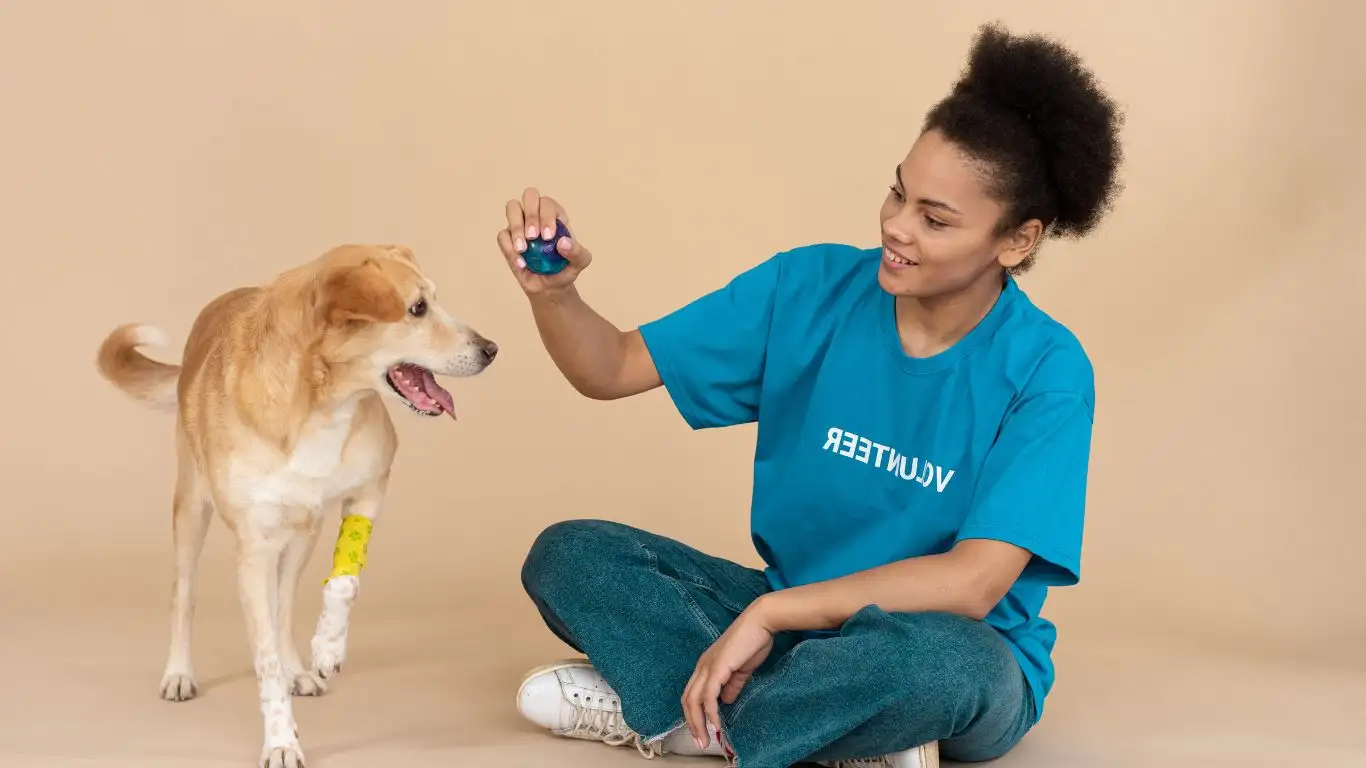
If the new place is within driving distance, take your dog there for short visits. Let them sniff around the yard, check out a few rooms, and associate the space with good things like playtime or treats. This isn’t just helpful—it’s crucial. The more familiar it feels, the less overwhelming it will be on the big day.
For dogs who’ve experienced trauma or come from shelters, like one rescue shepherd I worked with named Luna, pre-visiting the home helped tremendously. She was nervous in new spaces, but repeated short trips gave her the confidence she needed to settle in quickly.
Moving Day: Keeping Your Dog Calm in the Chaos

Alright, so you’ve prepped your dog, the boxes are packed, and now the big day is here. This is where things can go sideways if you’re not intentional. I always advise pet parents to plan for their dog’s needs first before the hustle begins. When I moved with my own retriever mix, Juno, I made sure her stuff—bed, bowl, leash, and favorite squeaky moose—was all ready and set aside so I could keep her chill while the moving truck did its thing.
1. Set Up a Safe Zone
One golden rule: keep your dog out of the middle of the chaos. The front door swinging open, strangers carrying furniture, and general noise can freak out even the most mellow pup.
- Use a quiet room away from the action or a friend’s place for a temporary escape.
- Give them their comfort items: familiar bed, toys, and a bowl of water.
- Play calming music or use a white noise machine to mask loud sounds.
If you have a dog that’s crate trained—perfect! That’s their safe den. Make it cozy and toss in a frozen peanut butter Kong for some long-lasting distraction.
2. Keep Meals and Potty Breaks Consistent
It’s easy to forget the basics when your couch is getting hoisted out the door. But I can’t stress this enough: your dog still needs their regular food and bathroom breaks. Skipping meals or walks can cause stress to spike and lead to accidents later.
On one move, a client’s boxer got so worked up from being skipped during the day that she chewed through a moving blanket in the car ride to the new house. Lesson learned the hard way—stick to the routine!
Introducing Your Dog to the New Home
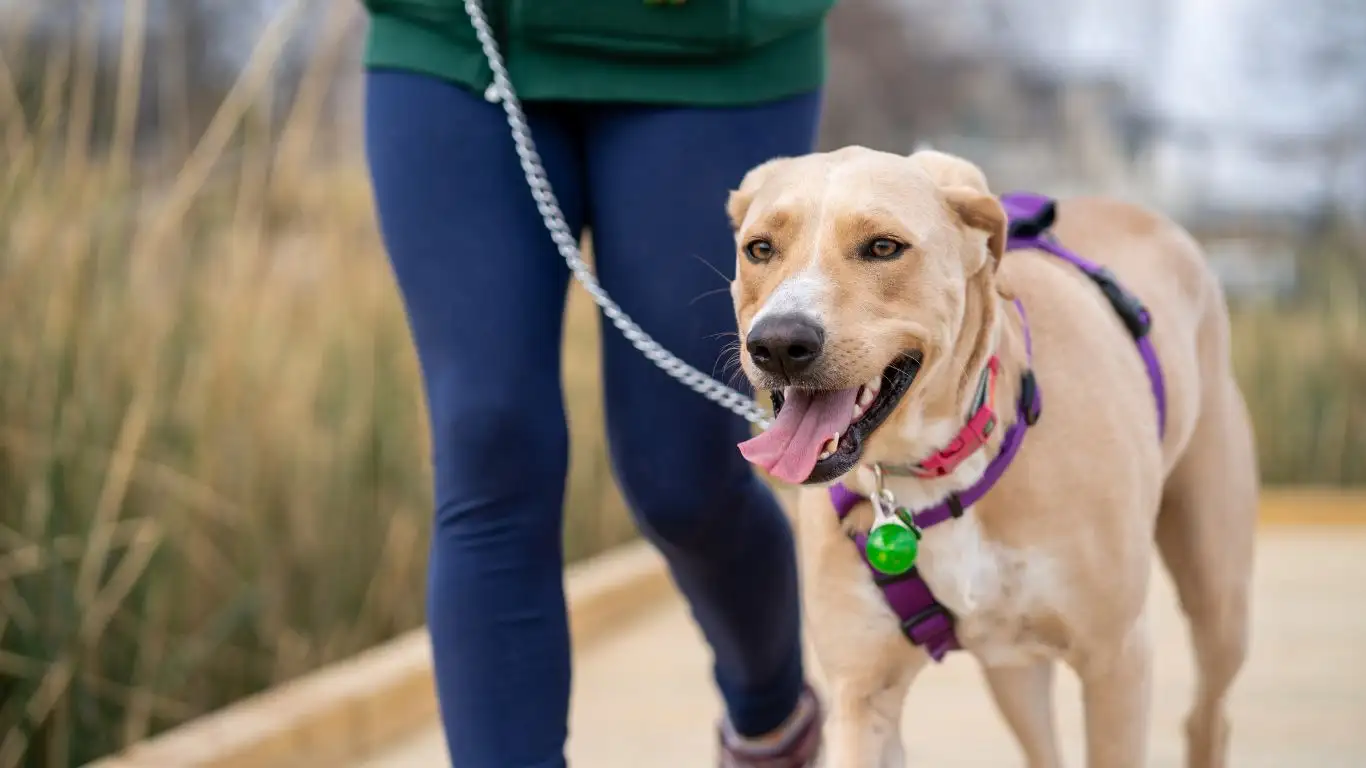
Now that you’ve made it to the new spot, the real adjustment begins. Remember, dogs are all about scent. So the first thing they’ll want to do is explore—and sniff—everything. Give them time. No rushing. Let them take the lead, even if they spend 20 minutes smelling one corner of the living room.
1. Do a Guided Tour
Don’t just open the door and let them run wild. Take them room by room, leash on if needed, and calmly let them investigate.
- Start with their new sleeping area—ideally with the same bed from the old home.
- Then show them where food and water will be.
- Introduce outdoor potty spots early and clearly.
I always suggest tossing a few treats around in each room so they can start building positive associations with the space. This little trick has worked for dozens of my training clients, especially the anxious ones.
2. Don’t Wash Their Stuff Yet
Yep, I know you want everything fresh and clean in your new home—but give it a week. Let your dog’s old scents help them feel like this is still “home.” That worn-out dog blanket or slobbery toy? Keep it around. It’s part of their emotional comfort system right now.
3. Re-establish the Routine ASAP
The sooner you can get back into the groove of your regular schedule, the faster your dog will adapt. Wake up at the same time, walk the same amount, feed them like clockwork. Familiarity builds security.
When Juno moved with me, I made a point to do our evening park stroll the very next day—even though I was exhausted. But her tail wagging made it 100% worth it.
Handling Moving Stress in Sensitive Dogs

Some dogs—especially rescues or seniors—just take longer to adjust. And that’s okay. I’ve worked with many dogs who needed weeks or even months before they truly settled in.
1. Watch for Stress Signs
Look for things like:
- Excessive barking or whining
- Loss of appetite
- Destructive behavior
- Clinginess or hiding
If these last more than a couple of weeks, it may be time to bring in a professional trainer or vet behaviorist. There’s no shame in that. Sometimes dogs just need a little extra help getting grounded again.
2. Consider Natural Calming Aids
I’ve had great results using:
- Adaptil diffusers or collars (they mimic calming pheromones)
- CBD treats formulated for dogs (with vet approval)
- Interactive puzzle toys to burn mental energy
One golden doodle I trained had horrible separation anxiety after her family moved. A combo of daily enrichment games and a calming collar completely turned things around within two weeks.
Settling In: Building a New Home Routine Your Dog Will Love

By now, you and your dog have crossed the big hurdle of moving day, and the initial excitement (or stress) has started to settle. But the truth is, the next few weeks are just as important when it comes to teaching your dog to handle moving homes well. Creating a fresh but predictable routine is key to helping your furry friend feel truly at home.
1. Establish Consistent Daily Activities
Dogs thrive on predictability, and even though the surroundings have changed, sticking to a schedule provides a comforting anchor. Whether it’s morning walks, feeding times, or play sessions, try to keep these consistent.
When I helped a family with a nervous border collie settle into their new house, we created a “daily calendar” that included regular training sessions, outdoor time, and quiet downtime. The collie’s anxiety lessened significantly once she knew what to expect each day.
2. Explore the Neighborhood Together
One of the best ways to help your dog adjust to a new environment is by getting out and about. Explore local parks, trails, and dog-friendly spots to introduce your pup to new sights and smells in a positive way. This not only burns energy but builds confidence.
- Start slow—short walks at first to avoid overwhelming your dog.
- Bring treats and reward calm behavior around new people and animals.
- Attend local training classes or meetups to encourage socialization.
Personally, I’ve seen shy dogs blossom simply by frequenting the same dog park regularly. It’s amazing how quickly they start recognizing faces and forming bonds.
3. Reinforce Training and Positive Behavior
Moving can sometimes cause a temporary regression in behavior—maybe your dog forgets some commands or acts out due to stress. This is totally normal. Keep training sessions light, fun, and consistent to help them refocus.
Simple commands like sit, stay, and come are great anchors that remind your dog what’s expected. Also, praise and treats go a long way!
One of my clients with a newly adopted pup found that daily 5-minute refresher sessions helped ease the transition from shelter life to a forever home—training helped the dog regain confidence amid all the change.
When to Seek Professional Help

Sometimes, despite all the preparation and love, your dog might still struggle with moving stress. That’s okay and completely normal—every dog is unique. But if you notice persistent signs of anxiety like excessive barking, destructive chewing, loss of appetite, or fear aggression beyond a few weeks, it’s a good idea to reach out to professionals.
1. Certified Dog Trainers and Behaviorists
These experts have the experience and tools to tailor a plan specifically for your dog’s needs. They can guide you through desensitization exercises, counterconditioning, and help you understand your dog’s emotional cues better.
2. Veterinary Support
Sometimes, a vet might recommend medications or supplements to help manage severe anxiety during the transition. It’s always best to discuss this option carefully and ensure any treatment is combined with behavioral support.
3. Support Groups and Online Communities
Connecting with other pet owners who have been through the moving process can offer valuable tips and emotional support. Hearing others’ stories reminds you’re not alone in this journey.
As a Canine-Assisted Therapy Trainer, I’ve worked alongside many vets and trainers, and collaboration is key. Don’t hesitate to build your own support team—it benefits you and your dog in the long run.
Final Thoughts on Training Your Dog to Handle Moving Homes
Moving is a big deal—not just for us but especially for our dogs who rely on stability and routine. The secret lies in early preparation, consistency, and plenty of love. From my years of hands-on experience, I can confidently say that most dogs adapt beautifully when given the right tools and support.
So take a deep breath, plan ahead, and remember that patience is your best friend through this transition. Your dog will thank you with tail wags and happy snuggles in no time.
References
Disclaimer
The information shared in this article is based on personal experience as a Canine-Assisted Therapy Trainer and general best practices for dog care. It is not a substitute for professional veterinary advice or specialized training. If your dog exhibits severe anxiety or behavioral issues related to moving, please consult a licensed veterinarian or certified dog behaviorist.
